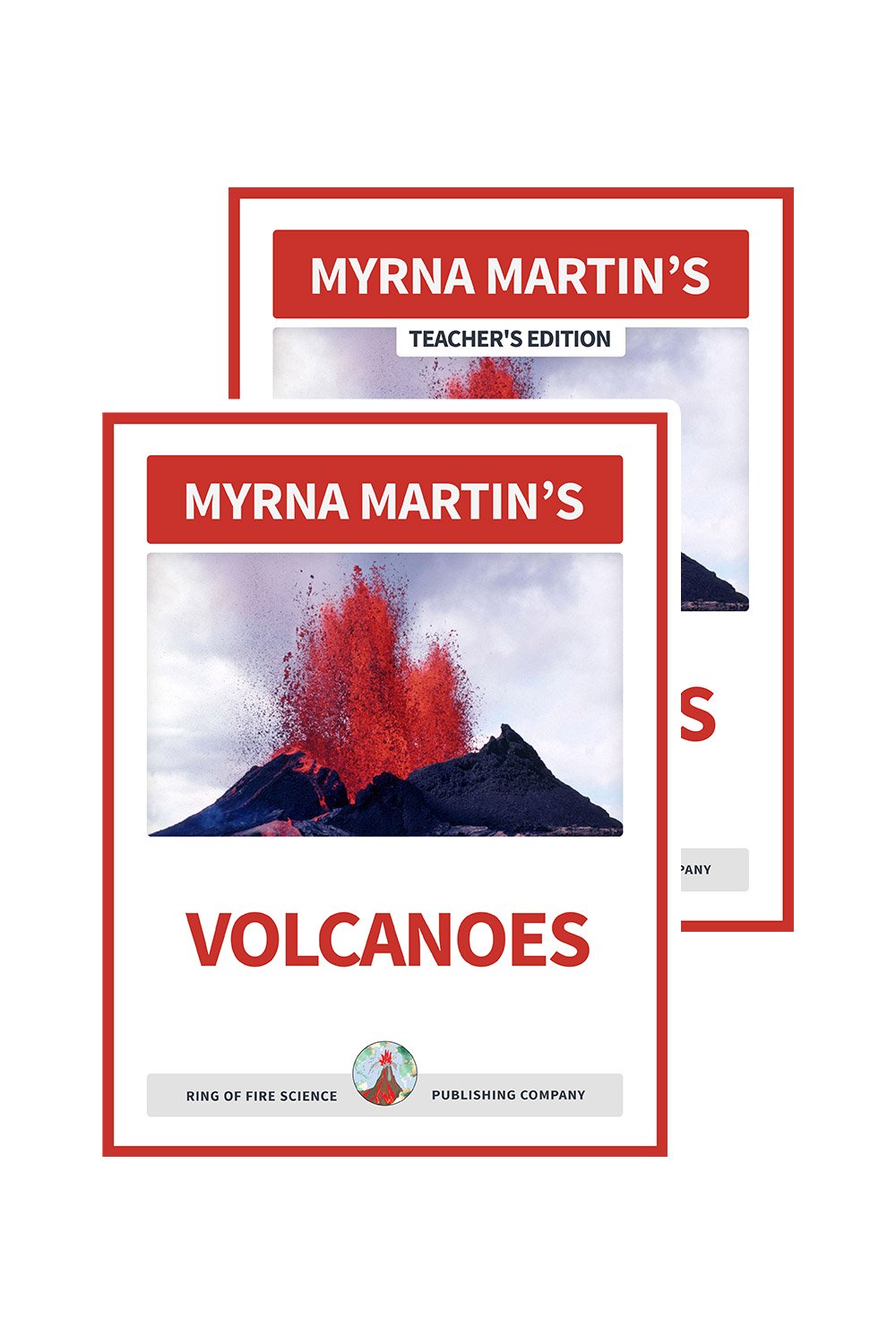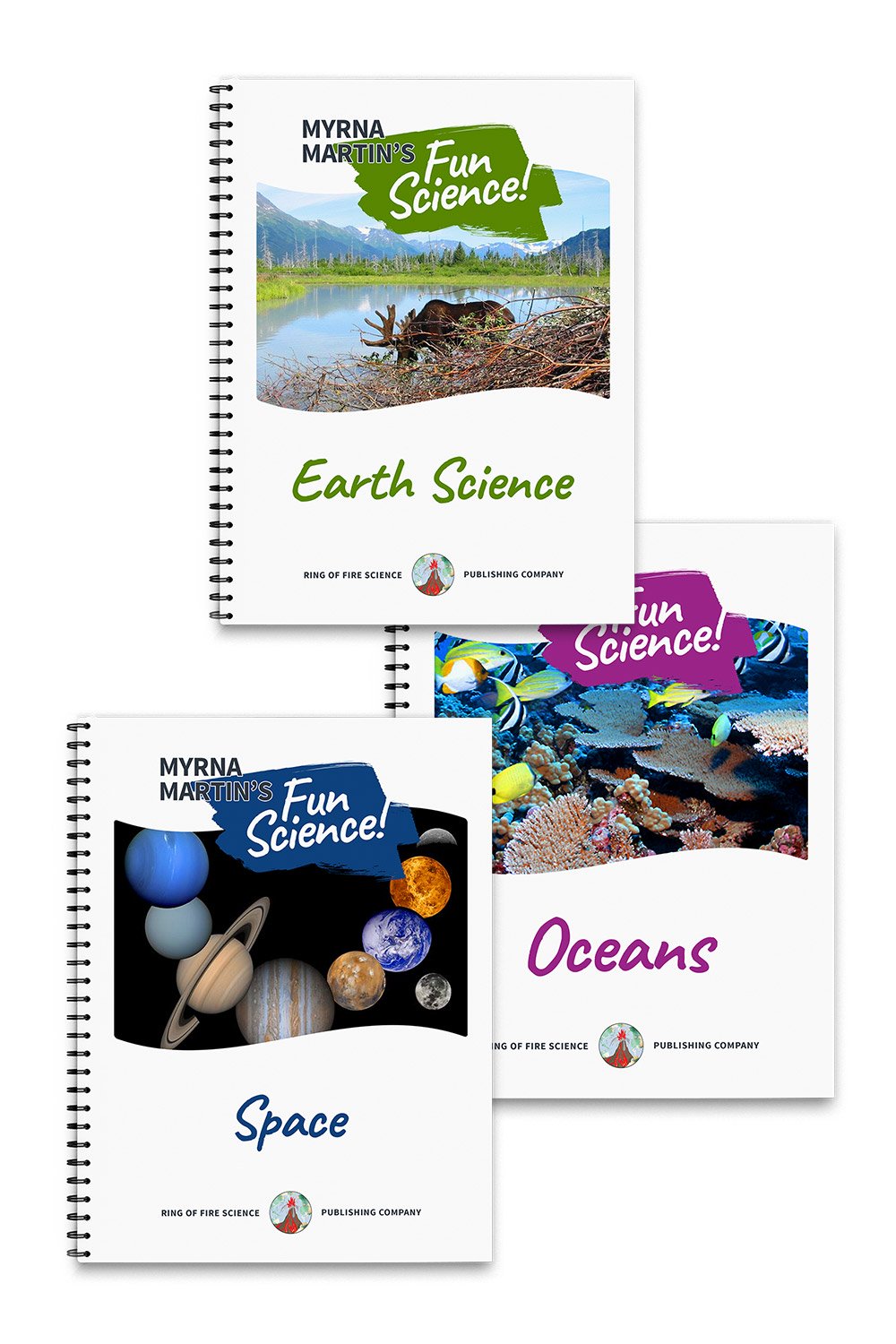Mercalli Scale
Measures Intensity
The Mercalli scale measures the intensity of an earthquake. This scale is used by insurance companies and local planning commissions in urban areas. Local planning commissions use the scale to determine regulations that need to be in place so people have homes that are safe during earthquakes. Insurance agents use the scale to determine the cost of earthquake insurance to people living in the area.
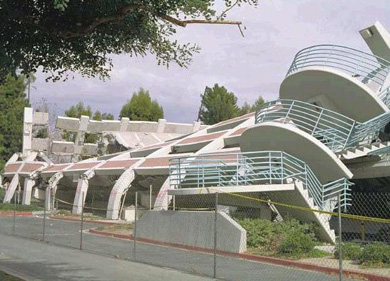
Uses of an intensity scale
Mercalli devised his scale to study the effects on buildings and other structures. The scale is used to assess the damage after an earthquake. The scale looks at areas surrounding the epicenter and a series of rings are drawn around the epicenter on maps.
Surveys are sent out to people living in areas where destruction took place. The surveys ask people about damage to their homes and other structures where they live. Engineers and other scientists report damage to large buildings, dams and other major structures.
Richter scale
To understand the difference between the intensity scale and the magnitude scale you need to understand that the Richter scale uses only the size of the largest earthquake wave on a seismogram to determine the magnitude of an earthquake.
It does not matter whether you live at the epicenter or a thousand miles away the news reports would list the earthquake with the same magnitude. Mercalli felt the need to devise a scale to show how an earthquake's effects diminished as you moved away from the epicenter.
Mercalli scale
Two families living near the Northridge earthquake on January 17, 1994 were suddenly awaken by shaking that last between 10 and 20 seconds. Once house was 3 miles from the epicenter and suffered total damage. The second house 5 miles from the epicenter had a couple of cracks in the wall but no other structural damage.
The intensity scale listed the hardest hit areas as IX showing major structural damages in those areas. A major parking structure collapsed at the University of California during the earthquake.
The damage to structures and costs to rebuild has been estimated between $20 and $25 billion. The Richter scale measured the quake as a magnitude 6.7 which seemed low to people living in the area.
More Earthquakes Links
Primary Waves Find out about primary waves which are the first earthquake waves to reach reporting stations.
Mercalli Scale Find out about the Mercalli scale that measures the intensity of an earthquake rather than its magnitude.
Earthquake Zones Find out more about earthquake zones that outline tectonic plate boundaries where plates are coming together, moving apart and slipping past each other.
1960 Chile Earthquake The 1960 Chile earthquake was the largest of the 20th Century. Find out what causes this great earthquake.
Earthquake Epicenter Find out where earthquake epicenters are located and how they are determined on this webpage.
Alaska Earthquake The Great Alaskan Earthquake was the second largest earthquake of the 20th Century. Find out about the landslides and tsunamis generated during the earthquake.
Earthquake Facts Find out about the discoveries that have been made by scientists using earthquake waves including layers of the Earth and outlining tectonic plates.
Home Kids Earth Science links to all the categories on our website.
KIDS FUN SCIENCE BOOKSTORE
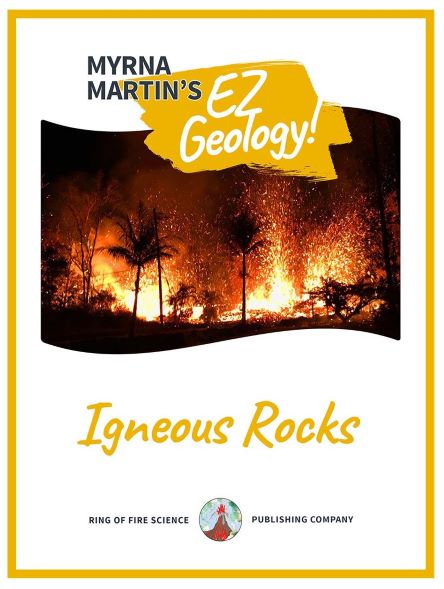 |
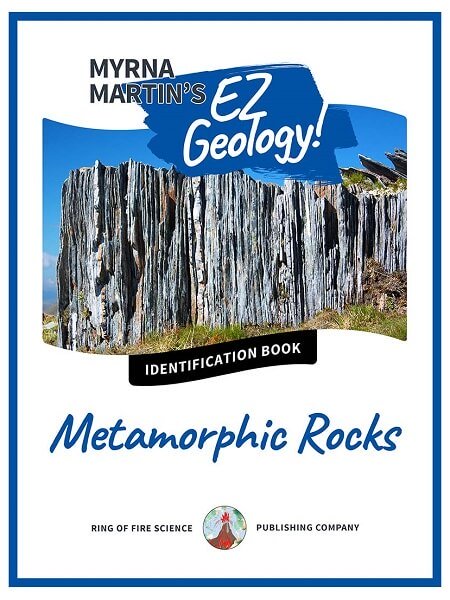 |
Check out Myrna Martin's award winning textbooks, e-books, videos and rock sets. The Kids Fun Science Bookstore covers a wide range of earth science topics. Click here to browse.
Sign up to our monthly newsletter and receive our FREE eBook containing 3 fun activities that don’t appear in any of our other books!
The Kids Fun Science monthly newsletter will include the following: current events, weird and fantastic facts, a question of the month, science trivia and the latest new content from our website.
We respect your privacy and you can be assured that we will never share your email address or use it for any other purpose than to send you our newsletter.



